The Boundary Water Canoe Area Wilderness encompasses over a million acres and 1100 named lakes interconnected by portages and streams, but sometimes that vast expanse can feel a little cramped, especially along entries where larger numbers of groups congregate. For the cynic who feels the BWCA is lacking some inherent quality of wilderness in this way, fear not. For every Lake One, Moose, Saganaga, or Basswood, there is a Canthook, Hag, Kickshaw, or Fault, lakes whose names may not be instantly familiar, and whom even the most die-hard of BWCA users would struggle to find quickly on a map. Not every BWCA lake is connected to the maintained route and not every lake is filled with campers on the fourth of July. Some lakes may even go ten or twenty years between summer visitors, and it’s to these lakes that this article is dedicated.
Some would infer that quiet lakes should remain unnamed for the fear that so-exposing them would draw more attention and thus destroy any untrammeled sense of isolated wildness. I do feel for this sentiment, which is why this article will not be violating any secret fishing holes, announcing any natural landmarks, or uncovering anthropological treasures. This article is for the sake of HOW one would get to these oft-forgotten lakes, and what barriers would prevent the average paddler from sojourning off into the wild unknown in search of their mysterious waters. The reasons these lakes go un-visited is often more complicated than their location or lack of amenities, and the challenge changes by the season or by the year.
This is not an all-inclusive list. I know I definitely missed some and what often makes a bushwhack difficult is intangible: weather, personal fitness, fatigue, time of day…. but for comparisons’ sake, I made a formula. This formula is based on seven variables to create a “difficulty of access score.” These are “distance from maintained route along easiest access” (referred to as dmr),” “percentage of route not paddleable”, “percentage of dmr impacted by blowdown or fire”, “percentage of dmr not covered by marshland” (marshland, though it can provide boot-sucking, bug swarming misery, is a friend to the bushwhacker who can see further and travel easier usually than in the brush), “average slope of dmr” (feet in elevation change divided by distance covered), “size of lake” (smaller lakes rate higher as they are easier to miss), and “distance traveled from entry point to start of dmr.” I selected 40 lakes I knew of that would fit what I would consider a challenging to access lake and put them into the scoring sheet. For variety’s sake, I tended to avoid putting two connected lakes on the spreadsheet. For instance, Pow Wow and Calamity would have essentially the same score. Instead of stealing up space, I included a lake from elsewhere in the BWCA instead of duplicating similar answers. Here are the top ten.
10. Famine Lake –
Difficulty to Access Score: 56.09
Nearest Maintained Route: Middle Cone Lake
Description:
This small lake perched near the western edge of the Misquah Hills was the namesake for the 2006 fire that burned north toward Long Island Lake. The fire however did not heavily impact this bushwhack, though the ’99 blowdown did at points. There are small sections of paddleable water on the route, but the hike to Famine is mostly through dense brush for about 1.4 miles through the valley, gaining 120 ft of elevation along the way.
9. Calamity Lake –
Difficulty to Access Score: 56.66
Nearest Maintained Route: Perent River
Description:
The fitting names for difficult-to-reach places continue with entry #9. A number of lakes in the Fungus Lake PMA scored well due to the vast number of acres without maintained routes and the impact of the 2011 Pagami Creek Fire. Calamity is one of those lakes. It is located just north of the former Pow Wow Trail and Pow Wow Lake where the CCC installed a dock. The Arrow chain of lakes to the north was once a fishing destination as was Ferne Lake to the south. As the routes grew over and maintenance ceased for this area, visitation began to diminish. Pagami was the final closure to this being a semi-visited lake. The shortest route now requires a 2.56-mile bushwhack up Pagami Creek through dense burn zones. Calamity is the largest lake to crack the top ten. This was used in scoring because smaller lakes are easier to miss when navigating through dense forests.
8. Ellquist Lake
Difficulty to Access Score: 57.25
Nearest Maintained Route: Howard Lake
Description:
Ellquist is another lake heavily impacted by forest fire, a common trait among this list. The 2006 Cavity Lake fire completely scorched the shoreline, making for a dense, brushy bushwhack. One could try following the creek to Ellquist from Tern but, for this scoresheet, we measured the bushwhack from Howard. The bushwhack heads up through rocky gorges and dense, post-burn thicket. It earned its place for a reason. It utilizes the small, unnamed lake to the SW to help provide some bearing and give a brief reprieve from the bushwhack.
7. Yoke Lake
Difficulty to Access Score: 58.89
Nearest Maintained Route: Baskatong Lake
Description:
Yoke Lake is another small, charred lake located in the Fungus Lake PMA. The most obvious route to access it is through the Hope Chain and Maniwaki, a long and arduous trek. The score above is from the bushwhack from Basketong, a far less plausible route with a canoe, but one that is shorter on foot. The bushwhack begins from the long north arm of Basketong where an old road crossing impounds the water. Follow the valley roughly north towards little Briar Lake. Westward from there through a few dense, burned swamps will land a person in the larger Jupiter Lake, a logical place for a long rest. Past Jupiter, through a wide marsh where Jupiter Creek heads to Maniwaki, a small creek branches off towards Yoke Lake.
6. Acorn Lake
Difficulty to Access Score: 61.72
Nearest Maintained Route: Seagull Lake
Description:
There are two Acorn Lakes in the BWCA. One lies near Basswood in the middle of a humungous marsh and is sometimes marked as Cliff’s Pond. The other Acorn lake, discussed in this entry, is located in the craggy contours south of Seagull. A creek flows out of Acorn, past Rumpuss Lake, to spill into Seagull lake, but it covers some elevation in that time. Acorn Lake sits 179 feet above Seagull Lake in another area burned by the 2006 Cavity Lake fire. The bushwhack follows the creek for 1.24 miles, gaining that elevation quickly.
5. Red Eye Lake
Difficulty to Access Score: 62.46
Nearest Maintained Route: Winchell Lake
Description:
Red Eye Lake is the namesake of the 2006 fire that burned at the same time as the aforementioned Famine Lake fire. It is perched high in the Misquah hills and has the distinction as the highest lake in the BWCA and one of the top five in Minnesota. The bushwhack to get there can take any number of paths, but the one chosen for this list is to head up the waterfall from Winchell into Tremble. From there, it’s along the valley into the long and narrow Whitaker Lake. From Whitaker, one sets off northeast through a scorched-out marsh to reach Red Eye Lake.
4. Globe Lake
Difficulty to Access Score: 63.95
Nearest Maintained Route: Little Trout Lake
Description:
Sitting just a couple miles to the east of Red Eye sits a tiny body of water known as Globe Lake. At points in the past, the MN DNR has visited Globe Lake and done surveys, but it has been a long while. The ’99 blowdown impacted this tiny lake perched in the Misquah Hills, dramatically changing the bushwhack. The topography is pretty extreme, gaining 140 ft of elevation in the 1.2-mile bushwhack. It’s the steepness and rugged terrain that earns this lake its place on the list.
3. Janis Lake
Difficulty to Access Score: 64.46
Nearest Maintained Route: Little Trout Lake
Description:
Janis is a small, unassuming lake in the middle of Weasel Lake PMA in a section burned during Pagami Creek in 2011. To reach the lake, follow the creek south of Lake Three or the valley north of Gull Lake. The score shown is from Gull. This is the shortest bushwhack to make the list, only 0.8 miles or so, but it gains 90 feet of elevation through dense post-burn regrowth. It is a small lake in the middle of a marsh and probably will not offer much in the way of reward for the effort required to reach it.
2. Your Lake
Difficulty to Access Score: 71.56
Nearest Maintained Route: Roe Lake
Description:
Your Lake and its partner My Lake are situated in the remote reaches of Mugwump PMA. Shielded from access from the north by a high jagged ridge running along the southern edge of Kekekabic, Your Lake can be accessed from the south, west, or east. The eastern route is the traditional one associated with the lake as the creek flows out from there towards more readily accessible areas. The route scored on this list though comes from the south through the most commonly visited lake in the PMA, Raven. From Raven, head up the watershed to Mugwump, through the valley past Van Lake, and head east towards Your Lake as the valley continues on towards Capote. Your Lake has a lot of things going for it as a remote lake. It requires a 2.63-mile bushwhack from the nearest maintained route at Roe Lake, a spot that already took 18.2 miles of travel to access from the nearest EP. The lake sits 140 feet above Roe so there is some serious elevation gain. It is also an area impacted by the ’99 blowdown and has enough complicated terrain to make visiting a real chore.
1. Nuthatch Lake
Difficulty to Access Score: 82.04
Nearest Maintained Route: Perent River
Description:
Like Calamity Lake found earlier in this list, Nuthatch once was semi-routinely visited as it sits along the eastern loop of the old Pow Wow trail. Just like Calamity though, time and wildfire have left it quiet and isolated, very isolated. There are two ways to get here in theory: from the north via the Hope Chain and Maniwaki or from the south via Ferne. This list used the latter. It’s an amazingly long bushwhack of 5.17 miles through the thickest tangled mess of forest the Fungus Lake PMA has to offer. Reaching Ferne Lake is a monumental task, but the journey almost begins there. After Ferne Lake, one leaves the burn zone for a while to follow Ferne Creek towards the NE. Eventually, Ferne Creek re-enters the burn zone before turning due east towards its terminus. At about the halfway point between entering and exiting the burn zone along the creek, there is a long valley heading northwest. One would follow this through a long patchworked valley of beaver ponds and open marshes. To the north, the valley gets more densely choked with fire regrowth and there are two forks of it heading west, either one leads to Nuthatch Lake, a tiny, mucky lake a long way from anything. Though signs of its old life are visible in the air photo, likely very little is visible on the ground. The main trail ran closely along its north shore, a separate spur led down the west, and a few planted red pine plantations sat to the south of the lake. Whether any of this could be found on the ground is a mystery, and one unlikely to be solved anytime soon. In some ways, this 15-acre pond of a lake defines the wildest character the BWCA can offer. One could sit on Nuthatch for decades now and likely never see a visit from another soul. And in that way, despite the lack of readily apparent charm, there is a justifiable mystique about it, which is why I crown it the toughest lake to visit in the BWCA.
Sign up for our newsletter to receive updates about new articles, great deals, and information about the activities you love and the gear that makes them possible:
Have You Read Our Other Content?
A Fire Perspective: 200 Years of Wildfires
Few natural processes inspire the fear and awe that wildfires do. In nature, fire is a seeming paradox of death and new life. Gigantic, swirling infernos that engulf the landscape in an unheeding wall of flame become landscape-level scars healed by green shoots and wildflowers. And here on the southern edge of the boreal forest,…
Worst BWCAW Reviews – The Wilderness is NOT for Everyone
This time of the year, the itch for that perfect summer canoe trip begins to intensify as permits are pulled, routes are planned, gear is cleaned, and the days begin to lengthen! It’s also time to remember that for every person who lives and breathes their wilderness trips, there is another who writes theirs off…
A Few Tips for Faster Portaging
“Anyone who says they like portaging is either a liar or crazy,” said Bill Mason, the legendary Canadian paddler and environmentalist, in his 1984 film Waterwalker. While there’s a gritty sense of satisfaction in carrying your entire camp over rocks, roots, and trees, for most paddlers portages are something to be completed rather than savored. And…
A Wilderness of the People – The 2023 Boundary Waters Canoe Area Wilderness Situational Assessment
The June 28th USFS newsletter contained the results of a six-month-long survey with confidential feedback from 100 individuals representing a wide scope of BWCAW users, affiliated businesses, nonprofits, and managing agencies. Their survey delved deep into the complexities of managing America’s busiest, and often one of the most complicated and controversial, wilderness areas. The results…
Six Rules for BWCAW Portage Etiquette
If you are new to wilderness canoe camping, especially in a heavily used wilderness area like the BWCAW, then the group traffic at some of the busier portages in Canoe Country may come as a shock. Here are six [written and unwritten] rules you should apply the next time you portage on a well-congested portage trail.…
Wildlife in Wildlands – A History of BWCA Wildlife
The Boundary Waters Canoe Area Wilderness, Superior National Forest, and Voyageurs National Park make up the largest wild landscape in Minnesota as well as being one of the largest wild spaces east of the Mississippi in the US. Combine that with wildlands directly across the border in Quetico Provincial Park and the surrounding crownlands, and…
How to Pack for a Canoe Trip – The Three-Pack System
One of the technical ways flatwater canoe trips are packed differently than backpacking trips is in how to organize gear. In a backpacking trip, the gear in the pack often belongs to the person carrying it, with a few communal items like food or shelter divided between party members. The presence of a bulky watercraft to portage…

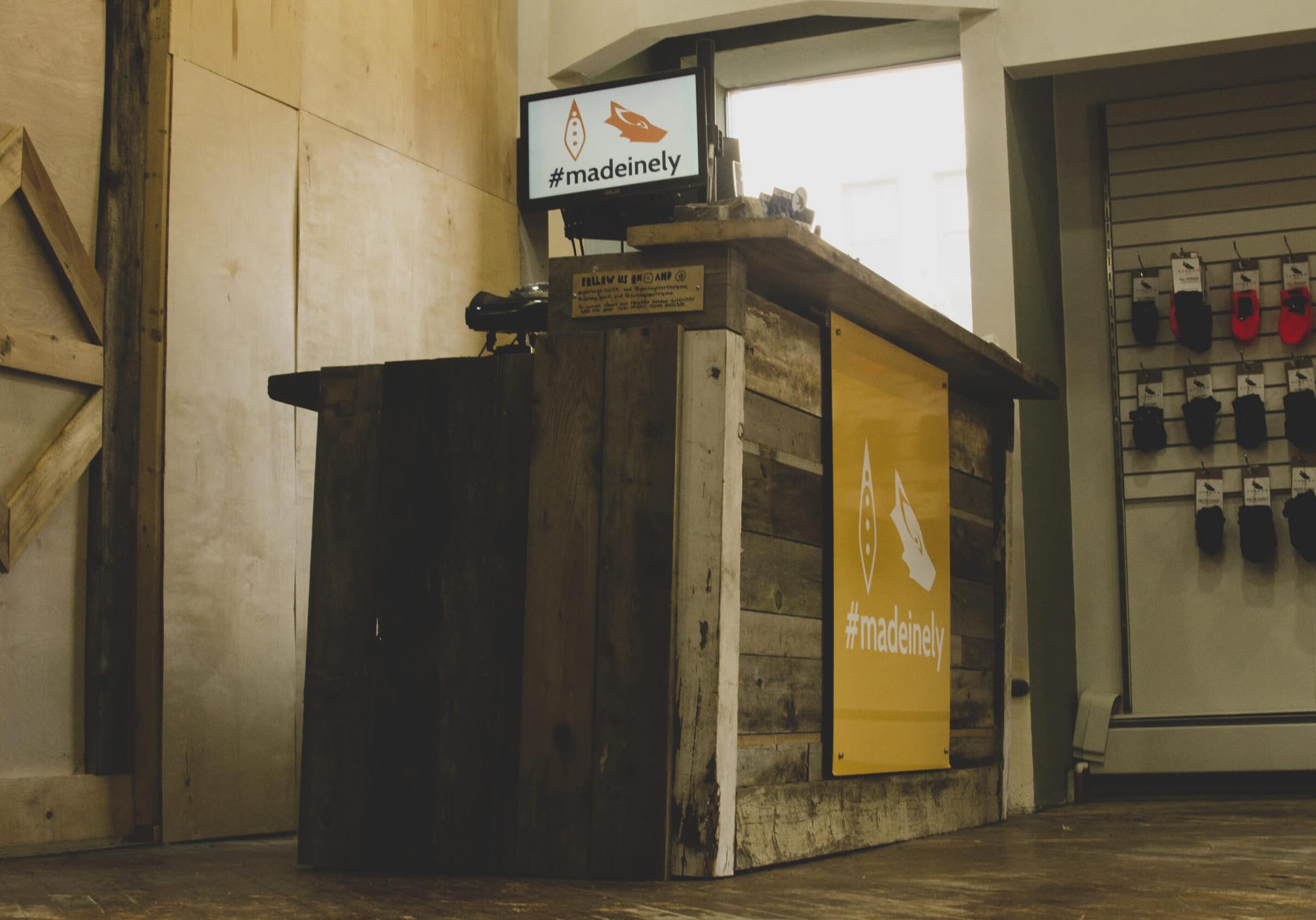
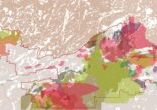

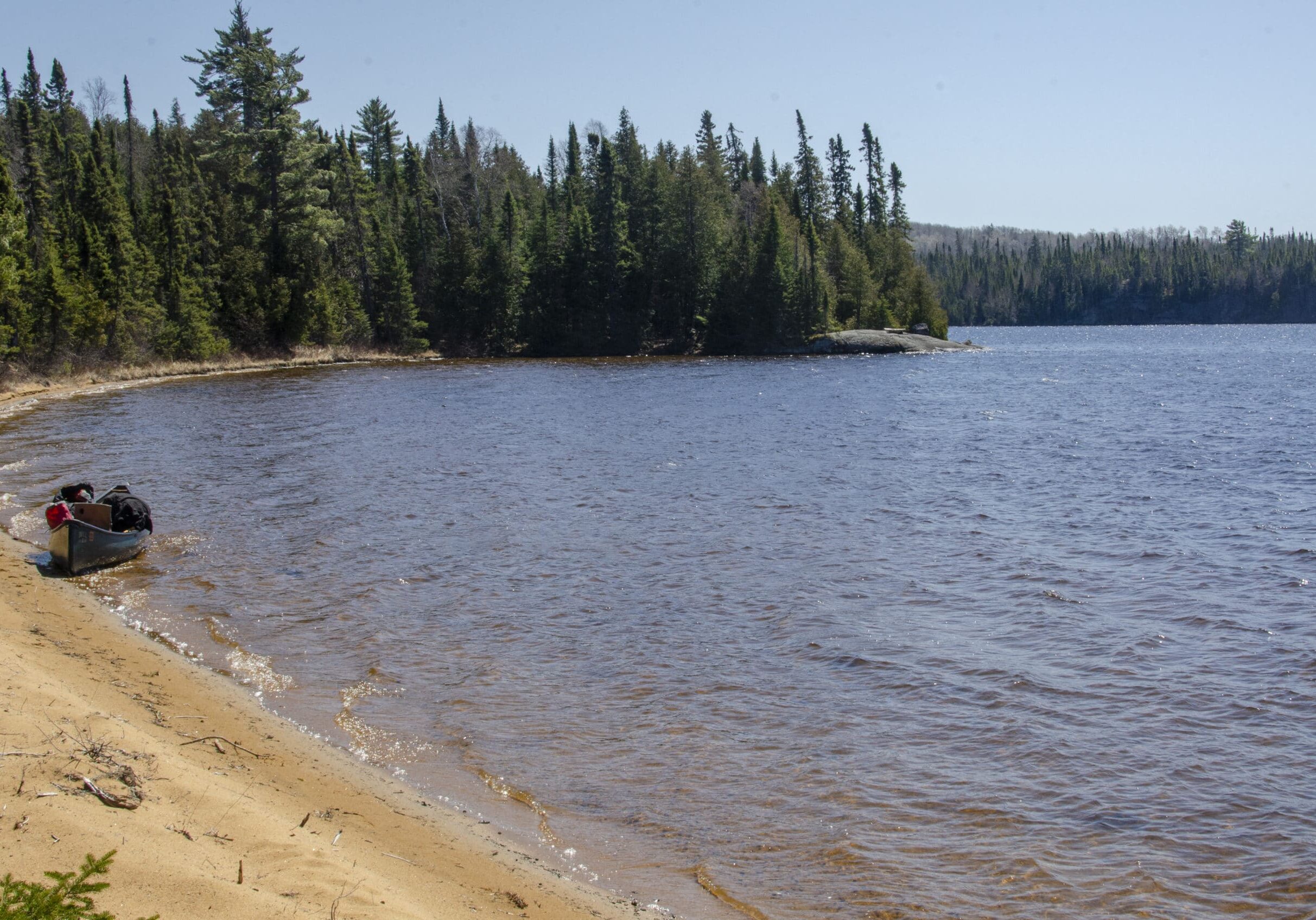
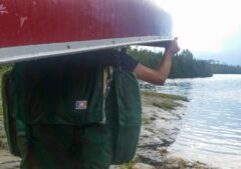



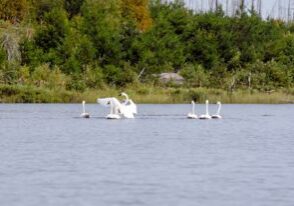
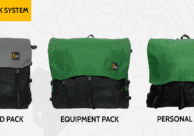
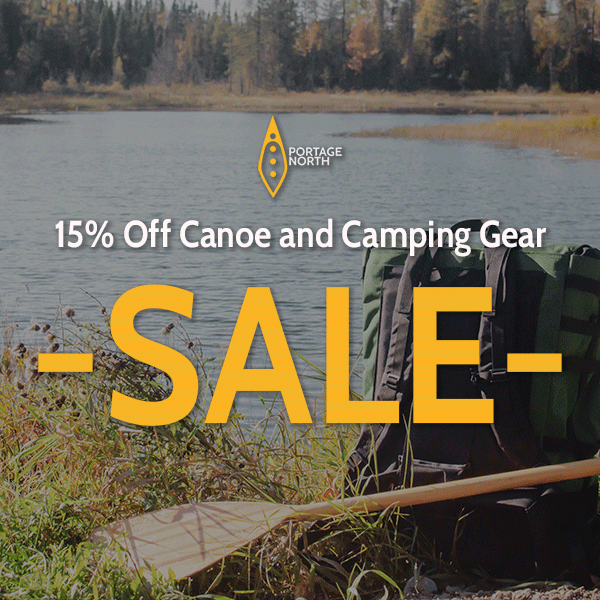
[…] are or how many lakes don’t even have portages or trails to get to them. Just take a look at our article from a few weeks back about some of the hardest lakes to visit to get a perspective. Beyond that […]